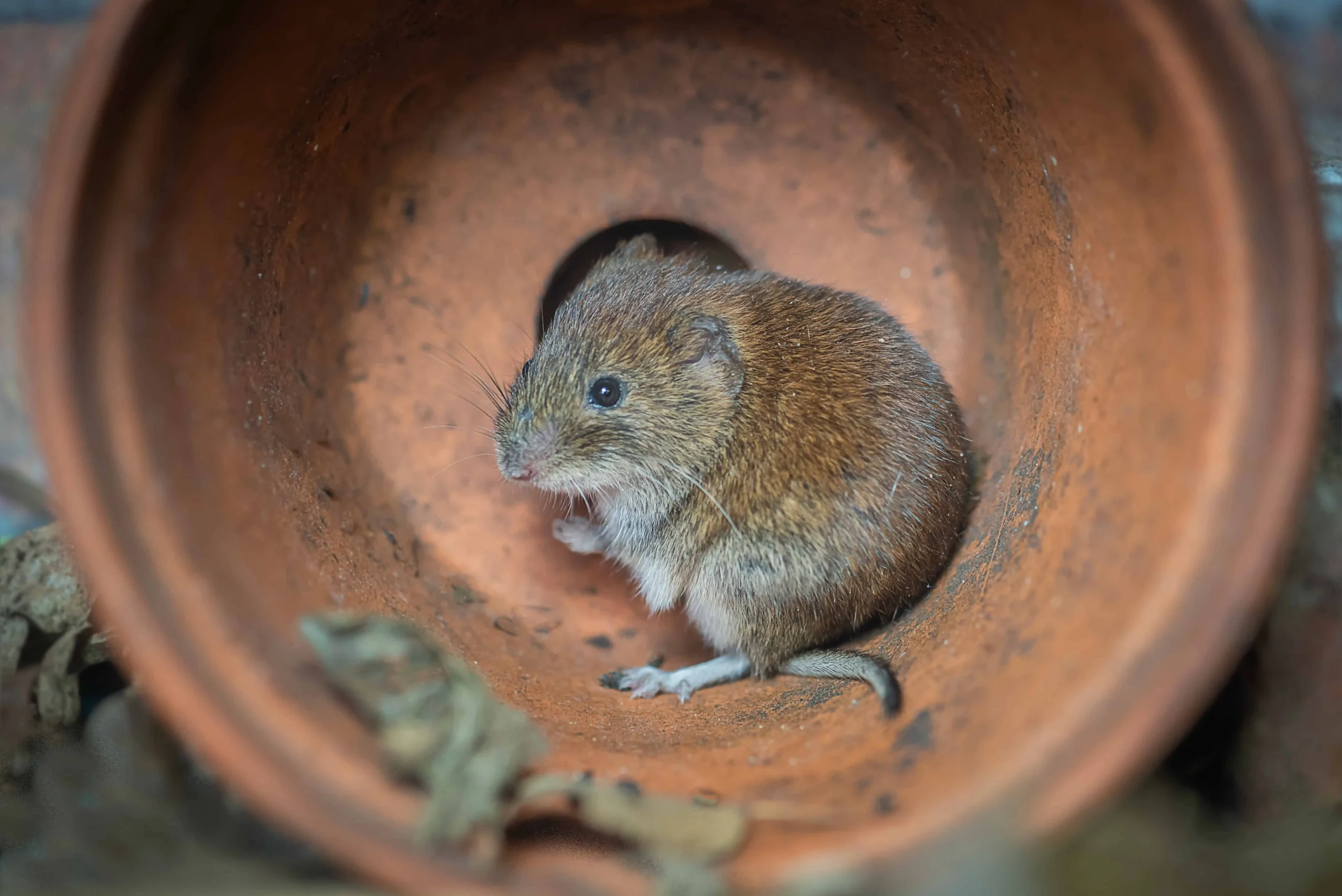Comprehensive Overview to Efficient Vole Pest Control: Infestation Recognition and Treatment Approaches
In the world of reliable parasite control, vole infestations pose an one-of-a-kind challenge that demands a tactical strategy. By exploring the nuances of vole actions, understanding key signs of problem, and evaluating a range of control options, one can establish an extensive approach to combat these elusive insects.
Recognizing Vole Behavior
Vole actions is defined by their delving routines and fast recreation prices, making them a challenging pest to control properly. Their fast reproductive rate more complicates control efforts, with ladies capable of generating multiple trashes in a single year, each having a number of children.
Recognizing vole actions is essential for efficient parasite control techniques. By identifying their burrow locations, keeping an eye on feeding locations, and applying targeted control techniques, such as capturing or environment modification, vole infestations can be managed successfully.
Indicators of Vole Invasion

Prevention Strategies
Applying effective prevention techniques is important in minimizing vole infestations and securing plants from their devastating feeding practices (vole pest control). To protect against vole problems, it is important to start by eliminating possible food sources and shelter. Keep lawn and plants cut short, remove weeds and debris, and maintain a tidy garden or yard to make the location much less eye-catching to voles. Mounting obstacles such as equipment towel or below ground secure fencing can additionally aid hinder voles from getting in details locations. In addition, lowering excess dampness by fixing leaking pipes and making sure appropriate drain can make the atmosphere much less vole control friendly for voles.
On a regular basis evaluating the residential or commercial property for indications of vole task, such as paths and delve openings, is critical for very early detection and timely activity. If vole task is thought, take into consideration using repellents or catches purposefully put near their paths.
Non-Lethal Control Approaches
To successfully take care of vole populaces while focusing on gentle techniques, non-lethal control methods use sensible options for decreasing vole damage in landscapes and yards. These obstacles can be buried at the very least 12 inches bent and deep at a 90-degree angle to prevent voles from delving below.

Lethal Control Options
One effective approach for attending to vole problems in landscapes and yards involves the strategic use of deadly control options. When encountered with a severe vole infestation that non-lethal methods have actually stopped working to contain, applying dangerous control actions becomes critical. On the whole, when utilizing lethal control options, it is essential to do so properly and in accordance with regional policies to successfully handle vole problems.
Verdict
To conclude, efficient vole parasite control calls for a comprehensive understanding of vole habits, recognition of signs of invasion, execution of avoidance approaches, and usage of both deadly and non-lethal control methods. By incorporating these approaches, individuals can effectively handle vole populations and protect their property from damage. It is important to resolve vole infestations quickly to stop further problems and lessen the influence on the surrounding atmosphere.
Given the intricate tunnel systems and fast recreation rates particular of voles, identifying the indicators of vole invasion comes to be crucial in effective bug control. One of the primary indications of vole visibility is the existence of surface paths or tracks in grass or snow, typically about 1-2 inches vast, created as voles travel in between their burrows and food sources.To properly take care of vole populaces while focusing on humane methods, non-lethal control strategies use functional solutions for reducing vole damage in gardens and landscapes.One reliable technique for dealing with vole problems in gardens and landscapes involves the critical use of deadly control choices. vole control utah.In verdict, efficient vole pest control requires an extensive understanding of vole habits, identification of indicators of infestation, implementation of prevention techniques, and utilization of both deadly and non-lethal control techniques